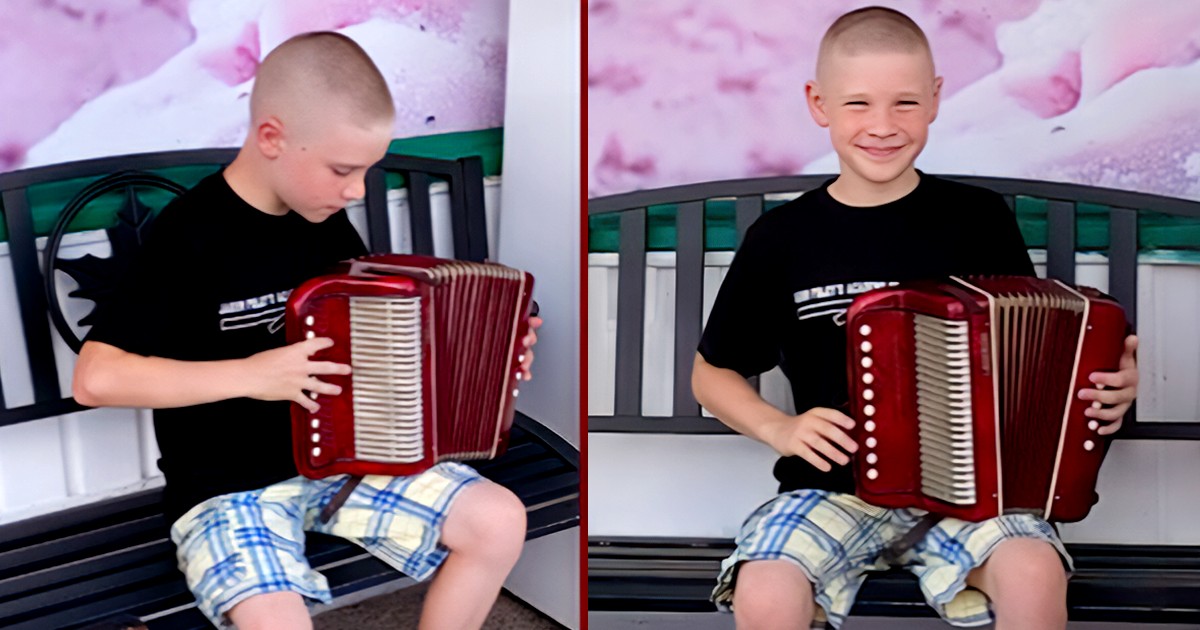Indecisive about what to study at university at age 19, I made the decision to take a “gap year” and, as part of this, I spent four incredible months in India. It was the first time I’d really travelled away from home, and I still vividly remember the complete assault on the senses I experienced when the air-conditioned airport doors slid back and I stepped out into the colourful carnage of New Delhi.
One of the things I noticed first was the traffic—it seemed that rather than driving on the left or the right, most drivers preferred to, quite literally, take the middle of the road option. I soon learned that the most efficient means of navigating the roads was in a rickshaw, also known as a “tuk-tuk.” These are agile, three-wheeled vehicles, not much bigger than a motorcycle but with a seating area added to the back for daring passengers (and their luggage) to pile into as the driver navigates the busy roads, often with more thrills than a roller-coaster.
The thing with rickshaws is that, at their best, they are efficient, speedy and quite exciting. At the same time, those who have ridden in one will know that they are very finely balanced and susceptible to becoming derailed depending on the circumstances of the road.
For this, my final contribution to the worship theology series, I’ve been pondering a question that these three-wheeled buggies can help us answer: What drives worship? I think that, just as the three wheels of the rickshaw are in delicate balance, our worship is driven by three important elements: direction, competence and character. Just like with rickshaws, issues with one of these elements can derail the whole thing.
The Direction of Worship
In a rickshaw, it’s the single wheel at the front, which the driver controls with handlebars, that points the whole vehicle in the direction it’s going. For those responsible for leading worship, what is our front wheel? What direction is our worship heading in?
You may have sat in more than one worship meeting and wondered about the point of it all. In previous articles, we’ve considered what the Bible shows that worship does: it creates community, it helps us to connect with God and express what he means to us, it tells others what God has done for us, it inspires and empowers us for mission and seeking justice. None of these things, however, adequately captures the sole direction and point of worship.
The Westminster Catechism, written in the 1600s on the back of the Protestant Reformation, perhaps points a bit more clearly to the point of worship. The first question it asks is, “What is the chief end of man?” The reply comes, “To glorify God and enjoy him forever.” This is our chief end, the main purpose, the ultimate driver of our worship, the thing it all points at—glorifying God. Anyone who’s been around the church for even a little while will know that it can be easy for the main thing not to be the main thing, and yet, if our front wheels are pointing anywhere other than glorifying God, then we’re likely on a collision course with disaster.
The Hebrew word that the Old Testament uses most frequently for glory is kavod. It speaks of the honour and the splendour of God, such as in Psalm 19:1: “The heavens declare the glory of God.” Yet, this isn’t just about saying how great God is (as true as that is). The word kavod implies a certain weightiness—it can also be translated importance, weight or heaviness. Bringing God glory is about acknowledging his weightiness and that he deserves all the praise that could possibly ever be offered to him and thus, when we point toward other things we are, in some ways, distracting and detracting from what God ultimately is due. When the front wheels of our worship seek to bring glory to things other than God (to individuals, to organizations, to denominations, to politics), we’re driving in the wrong direction.
Question for Reflection: How does the way I approach worship bring glory to God? In what ways might it point in other directions?
The Competence of the Worship Team
If the front wheel of the rickshaw sets the direction, the back wheels are what power the vehicle. I suggest that the driving force of worship is made up of two complementary wheels: competence and character.
The competence of the worship team can be an interesting and sometimes contentious discussion. I remember the first time I ever led congregational worship in public. The officer was desperate to include this lone 16-year-old who had recently learned to play guitar and enthusiastically encouraged me to lead worship. I’d seen loads of YouTube videos of Christian musicians Chris Tomlin and Matt Redman and had high expectations for the experience that Sunday morning. The problem was, I only knew four chords and nothing about singing in a congregational key. I stood up, sweaty-palmed, expecting a move of the Spirit, but needed to restart the song four times to pitch it for the congregation. I was nearly moved to tears myself!
It was an experience intended to encourage and include me (always an important effort), but I simply didn’t have the skills needed for the task, and it became quite embarrassing for all involved that Sunday morning.
It’s a tension we often find ourselves in. If worship is ultimately about bringing glory to the God who welcomes, accepts and includes, how competent do the musicians need to be? I have a colleague who describes it as needing to find a solution somewhere between “anything for Jesus” and “my utmost for his highest.” We want the musical elements we use to enhance, rather than distract, from corporate worship while, at the same time, recognizing that worship is an inclusive activity that allows everyone to use their gifts, skills and passions to the glory of God.
There’s a theological case to be made for bringing the best to God in worship. There are loads of biblical examples of bringing the “best available” to God: sometimes it’s extravagant jewels and skilled artistry for building the temple (see 1 Chronicles 29). Other times, it’s five simple pieces of bread and a couple of fish to feed 5,000 (see John 6:1-14). The point is that if our worship is about bringing God glory, then we need to bring the best we can offer of our time, talent and treasure. There’s nothing wrong with trying to improve our skills musically and doing so will help others to worship God. At the same time, having this wheel on the “back row” reminds us that the end goal of worship isn’t to produce a highly talented and musically professional group, but is, as we have seen, nothing less than bringing glory to God.
Question for Reflection: What are we doing to improve the competence of the worship team?
The Character of the Worship Team
In my experience, however, the back wheel of competence is inextricably bound to the other back wheel of the rickshaw: character. These two things need to sit side-by-side to give worship its drive as we pay attention not only to ensuring that our competence is strong but our character is, too.
You don’t have to look far or hard for examples of this principle in practice. One of my favourite TV shows was Top Gear, presented by Jeremy Clarkson. Clarkson was a talented host: funny, witty and engaging. However, there was always a cloud of controversy surrounding his character and, eventually, a fight with a member of the production team led to his being sacked from the show. Even the most talented of personalities can be snared by flaws in their behaviour. It’s an important lesson for us all: if your competence outweighs your character, there’s trouble ahead.
If the wheel of competence is bigger than the wheel of character, then your worship is going to spin around in circles and certainly won’t drive forward in bringing glory to God. In 1 Timothy 3, the Apostle Paul lists some of the qualifications of those who seek to lead others: they must be temperate, self-controlled, gentle, not quarrelsome, not a lover of money. It’s quite sobering that these attributes don’t include things about competence (great organizers, powerful public speakers, epic at vocal riffs), but rather focus on the type of people they are. Worship leaders are, first and foremost, worshippers and disciples: those who are seeking to have their character transformed by and moulded into the character of Christ himself.
Next time you set off on a worship journey, think about the vehicle you’re jumping into. Where is its front wheel pointing and what’s driving the rest of it?
Question for Reflection: Are my character and competence in step? What areas might I need to address?
Captain Callum McKenna is a mission and ministry formation co-ordinator and tutor at William Booth College in the United Kingdom and Ireland Territory.
Reprinted from SAWorship magazine.
Photo: THEPALMER/iStock via Getty Images Plus










Leave a Comment